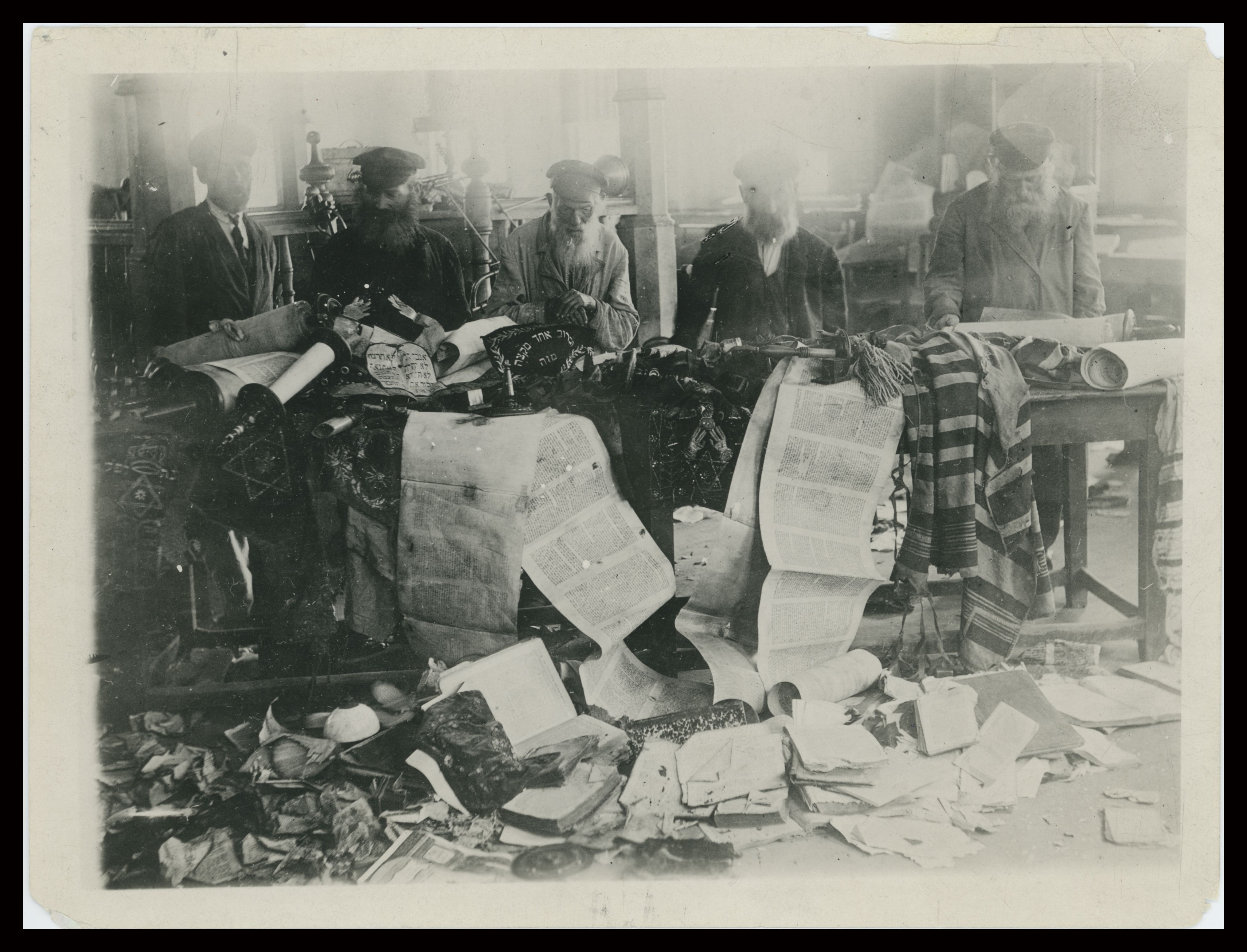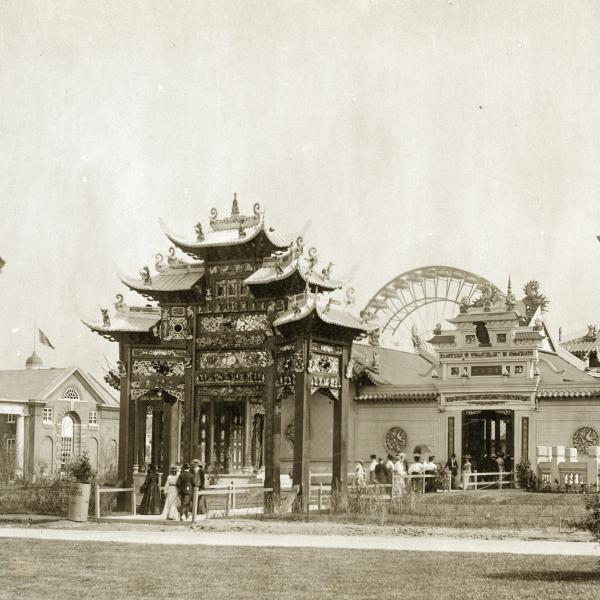Sylvia Sukop is an Olin Fellow and PhD student in German and Comparative Literature.

RELATED EVENT
5 pm | Thursday, November 3
Clark-Fox Forum, Hillman Hall, Washington University in St. Louis
“The 1918-1921 Pogroms in Ukraine and the Onset of the Holocaust”
Jeffrey Veidlinger, the Joseph Brodsky Collegiate Professor of History and Judaic Studies, University of Michigan
As fresh horrors of the war in Ukraine flood our daily news feeds, our attention is naturally focused on the immediacy and urgency of the current situation there. But on Thursday, November 3, Washington University’s annual Holocaust Memorial Lecture provides a compelling opportunity to look back on an earlier traumatic period in Ukraine’s history, and to learn about new research that shows for the first time how a wave of genocidal antisemitic violence there in the years immediately following World War I created the conditions for the Holocaust.
Acclaimed historian Jeffrey Veidlinger’s newest book, In the Midst of Civilized Europe: The 1918-1921 Pogroms in Ukraine and the Onset of the Holocaust, examines this long-neglected history. Between 1918 and 1921, two decades before the systematic mass killings carried out under the Nazi regime, more than 100,000 Jews were murdered in Ukraine and Poland by ordinary people in hundreds of separate incidents. “These were localized killings and localized pogroms,” says Veidlinger. “The killing wasn’t happening in remote mass killing centers, mechanized and bureaucratized. Instead, this more ‘intimate’ killing took place close to home and the local population actively participated. The population was willing to participate and recognized it as normal.”
Peasants, townspeople and soldiers assaulted, robbed, raped and killed their Jewish neighbors with impunity, burning down their houses and destroying their property. These pogroms (targeted violence aimed at massacring or expelling a specific ethnic, racial or religious group) sometimes took on a carnivalesque quality, not unlike lynchings in the United States. Such public spectacles were meant to terrorize their target communities while scapegoating them for social and economic woes. Though largely forgotten today, the pogroms in Ukraine constitute the largest anti-Jewish massacres prior to the Holocaust and paved the way for the Nazi “Holocaust-by-bullets.” Between 1941 and 1945, over one-quarter of Jewish victims of the Holocaust, approximately 1.5 million people, were killed within the territory of what is now Ukraine, shot to death at close range in ravines, open fields and forests by infamous Nazi Einsatzgruppen, mobile killing units that carried out these mass operations.
Veidlinger’s research draws on archival materials including thousands of newly discovered witness testimonies, trial records and official orders. An expert in modern Russian and Eastern European Jewish history, Veidlinger describes how, in the tumult of the Russian Revolution, Ukrainians opposing Bolshevik rule falsely claimed that the Jews and the Bolsheviks were one and the same, turning them into targets. Through stories of survivors, perpetrators, aid workers and governmental officials, he explains how so many different groups of people came to the same conclusion — that killing Jews was an acceptable response to their various problems — and how this would later make Ukraine fertile ground for the Nazis’ exterminationist plan. Noting historical patterns, he observes that in many places around the world, ethnic and racial violence has occurred in generational waves every 20 years, from Ukraine and Armenia to Rwanda and the United States.

Veidlinger’s award-winning previous books include The Moscow State Yiddish Theater, Jewish Public Culture in the Late Russian Empire and In the Shadow of the Shtetl: Small-Town Jewish Life in Soviet Ukraine.
Inaugurated in 1989, the annual Holocaust Memorial Lecture is administered by the Center for the Humanities. The lecture aims not only to commemorate the Holocaust but also to address its broader implications for other instances of systematic persecution, mass murder and genocide.
Sylvia Sukop is part of the 2022–23 studiolab, Memory for the Future, combining the study of interlinked histories and legacies of colonialism, slavery and genocide with collaborative development of reparative public humanities projects in St. Louis. Her essay “Amplifying history: On sonic violence from East St. Louis to Ferguson, and making silences speak,” on the 1917 East St. Louis pogrom and its centenary commemoration, was published in The Material World of Modern Segregation (2022), a dedicated volume of The Common Reader. She serves as a member of the Holocaust Memorial Lecture Committee.
Headline image: “Jews marching in protest of pogroms.” Courtesy of the United States Holocaust Memorial Museum.





